Disastrous state visits from throughout history
Diplomatic state visits are often seen as the epitome of formality and decorum. However, they’re not always the smooth, polished affairs we might expect.
Instead, these visits have often been the stage for unexpected dramas and blunders that make history just a bit more colorful. From wardrobe malfunctions to awkward handshakes, these moments remind us that even the most powerful figures are, after all, only human.
The Infamous Egg Incident: Queen Elizabeth II in New Zealand, 1986
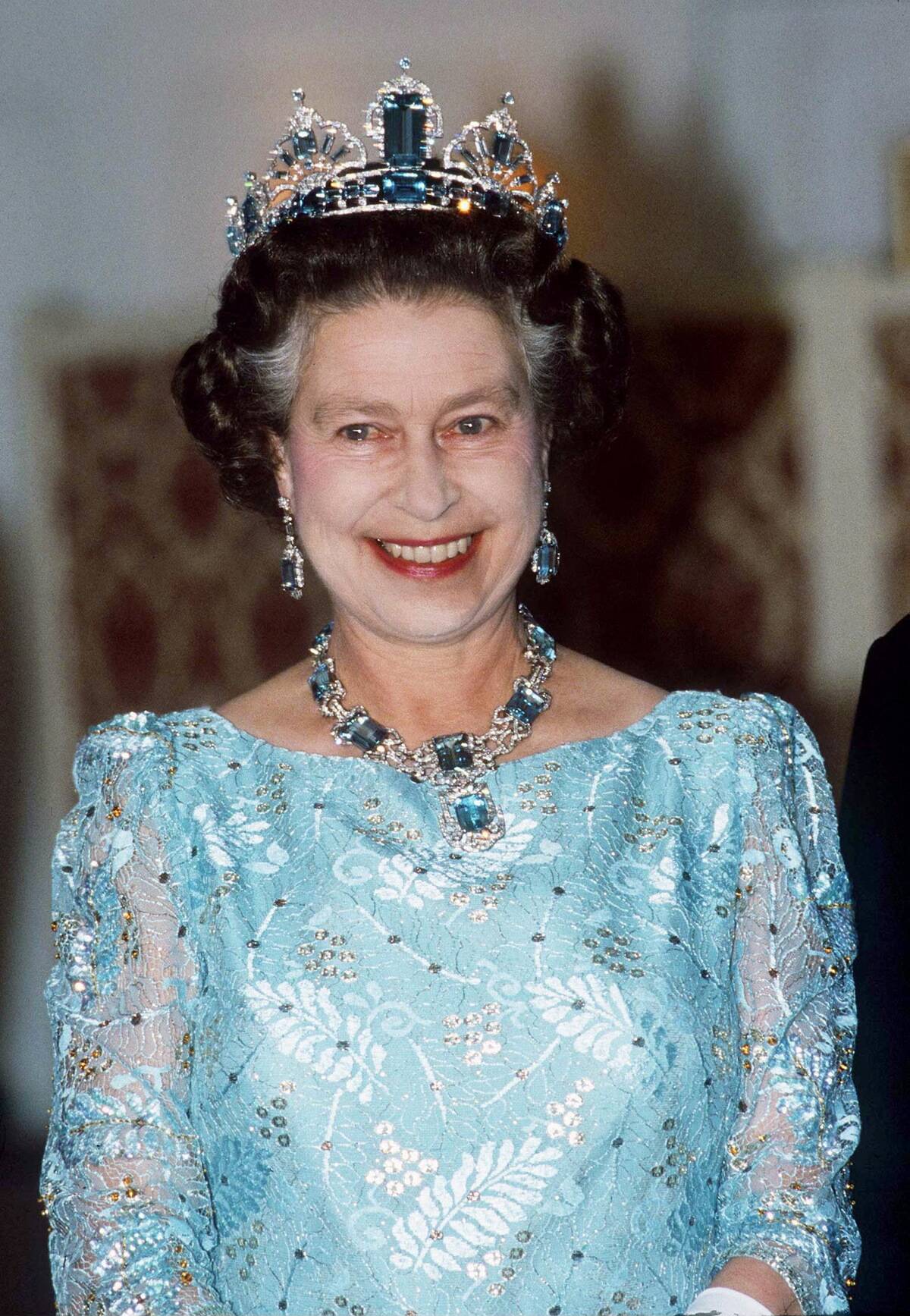
Queen Elizabeth II’s visit to New Zealand in 1986 was famously marked by an egg-throwing incident. While on a walkabout in Auckland, the Queen was struck by an egg thrown by a protester.
Although the Queen is famously composed, she couldn’t hide her disappointment as Prince Philip cleaned the raw eggs’ runny yolks from her coat.
George W. Bush and the Door That Wouldn’t Open in China, 2005
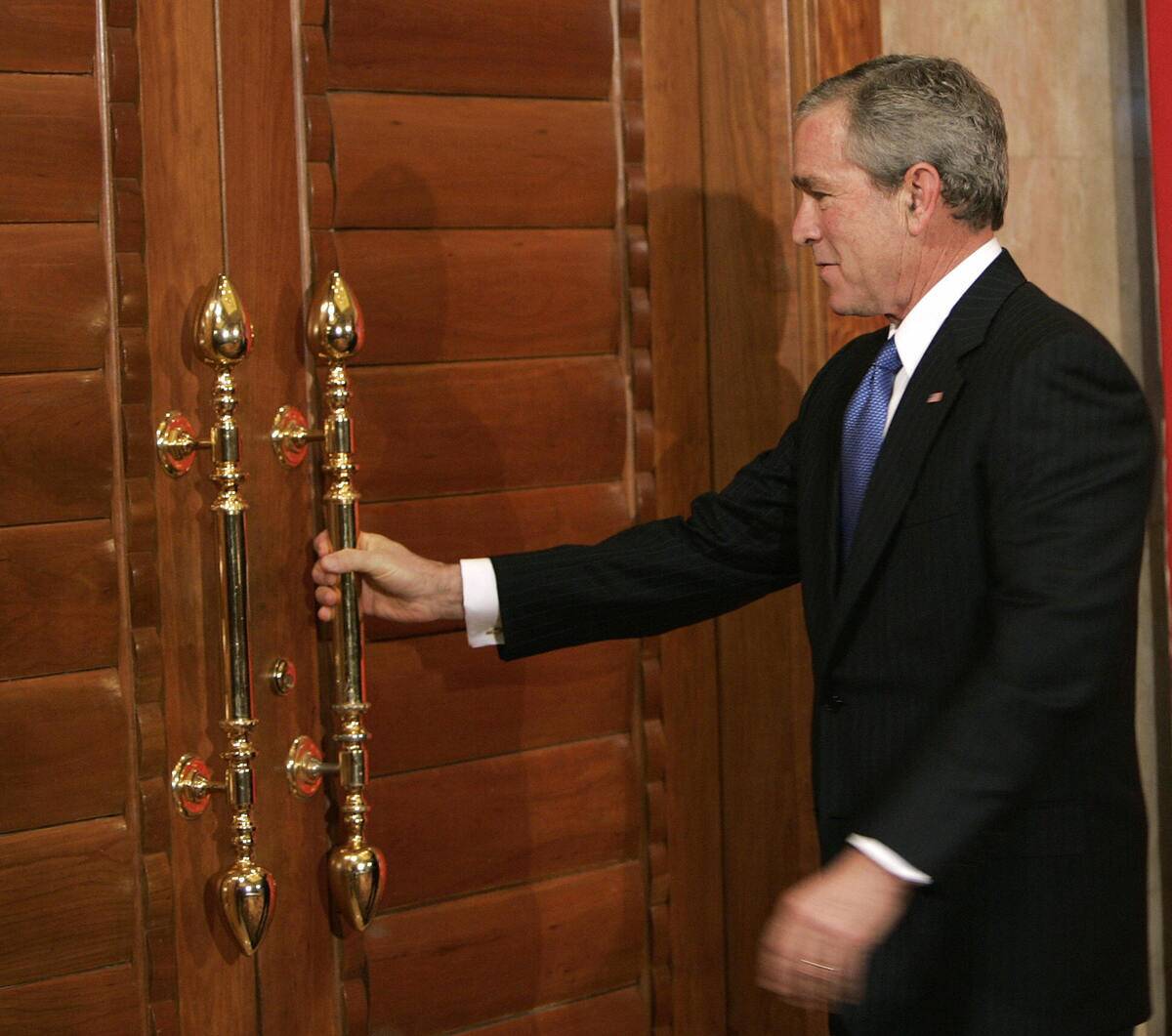
During a 2005 visit to China, President George W. Bush found himself in a sticky situation when he tried to exit a press conference through a locked door.
The moment, caught on camera, quickly went viral and showed a lighter side to international diplomacy. Bush took it in stride, laughing off the mishap and eventually finding the right door. This incident added a touch of humor to an otherwise serious diplomatic event.
The Not-So-Warm Welcome: Charles de Gaulle in Canada, 1967
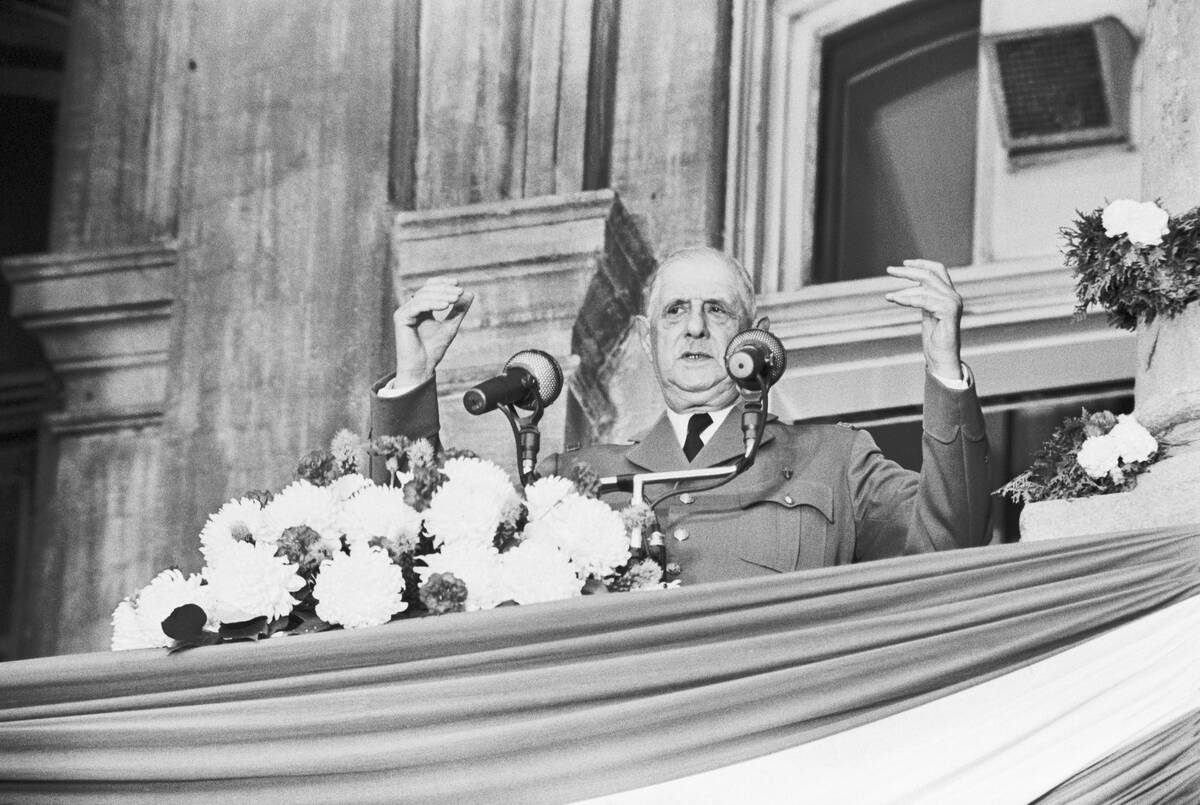
French President Charles de Gaulle’s visit to Canada in 1967 is remembered for his controversial “Vive le Québec libre!” speech. The statement, made in Montreal, was seen as an endorsement of Quebec’s independence movement and stirred up significant political tension.
While de Gaulle was warmly received by many Quebecois, the Canadian federal government was less than pleased. This visit became a defining moment in Canada’s history, highlighting the complexities of its national identity.
Nixon’s Awkward Bow to Japanese Emperor, 1971
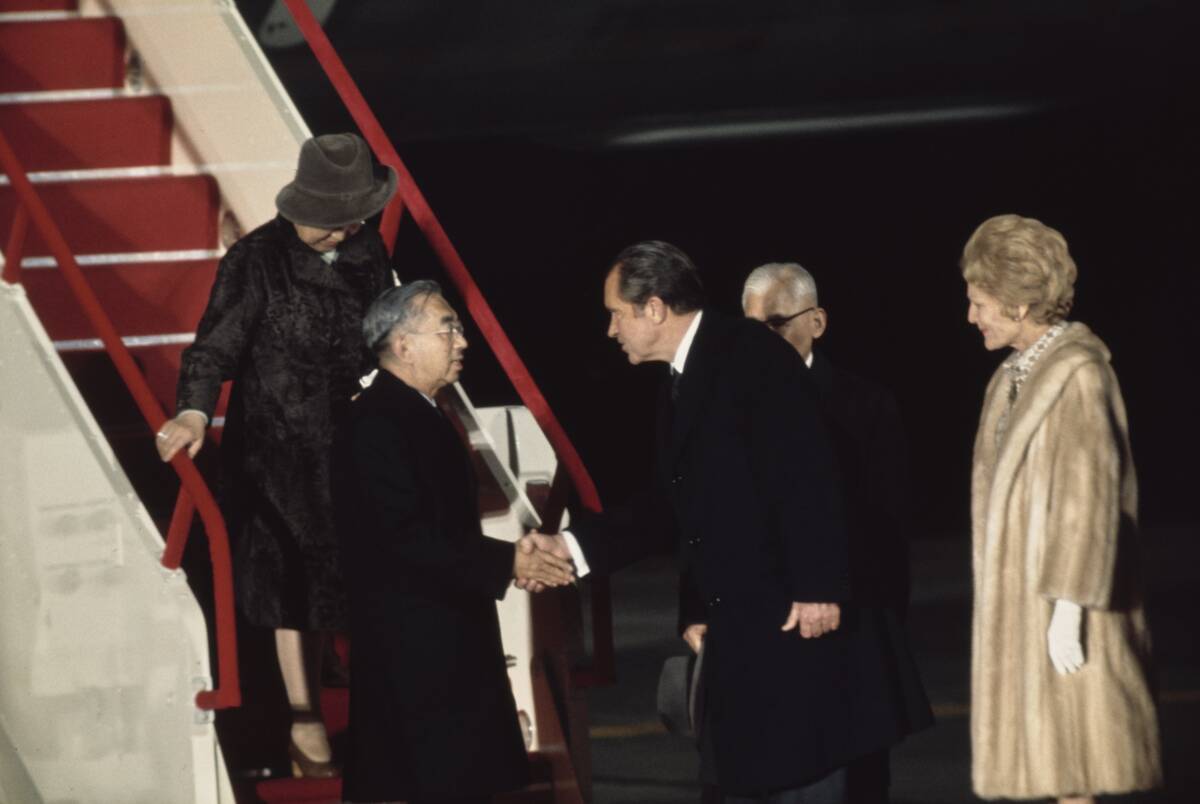
President Richard Nixon’s 1971 reception of Japanese Emperor Hirohito included a now-infamous bow to him. The gesture was intended as a sign of respect but was criticized by some Americans as being overly subservient, especially in light of the fact that Hirohito ruled during the attack on Pearl Harbor.
This incident sparked a debate about the appropriate level of deference a U.S. president should show to a foreign monarch. It serves as a reminder of how cultural misunderstandings can quickly escalate into political controversies.
The Shoe Mishap: Khrushchev at the United Nations, 1960
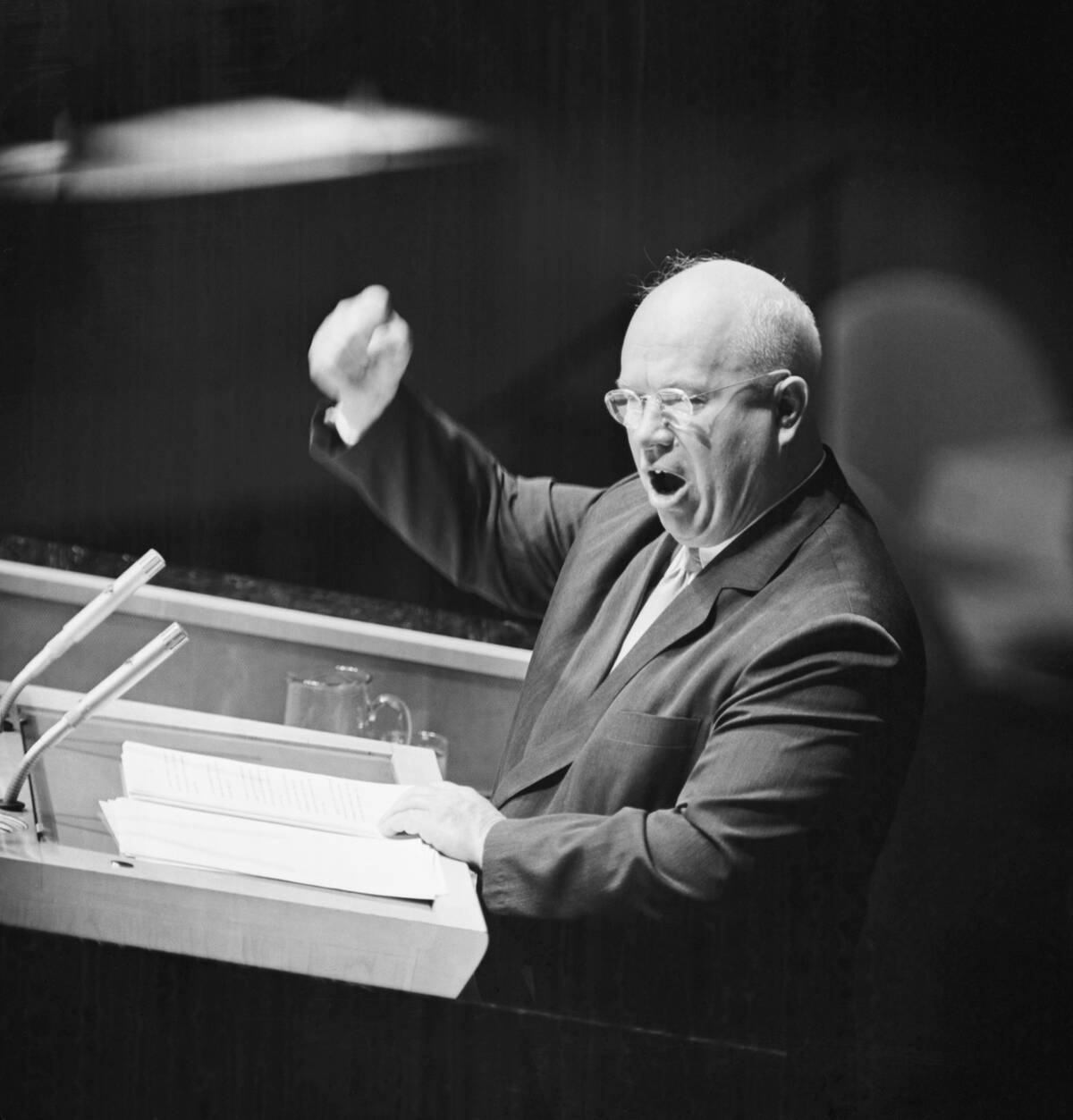
Nikita Khrushchev’s 1960 appearance at the United Nations is best remembered for his dramatic shoe-banging incident. In a heated debate, the Soviet leader reportedly took off his shoe and banged it on the desk to emphasize his point.
While there’s some debate about what exactly happened, this moment has become legendary in diplomatic folklore and was polarizing even within the Soviet Union at the time. It underscores the high stakes and intense emotions that often accompany international negotiations.
The Emperor’s Reception: Hirohito’s Visit to the Netherlands, 1971
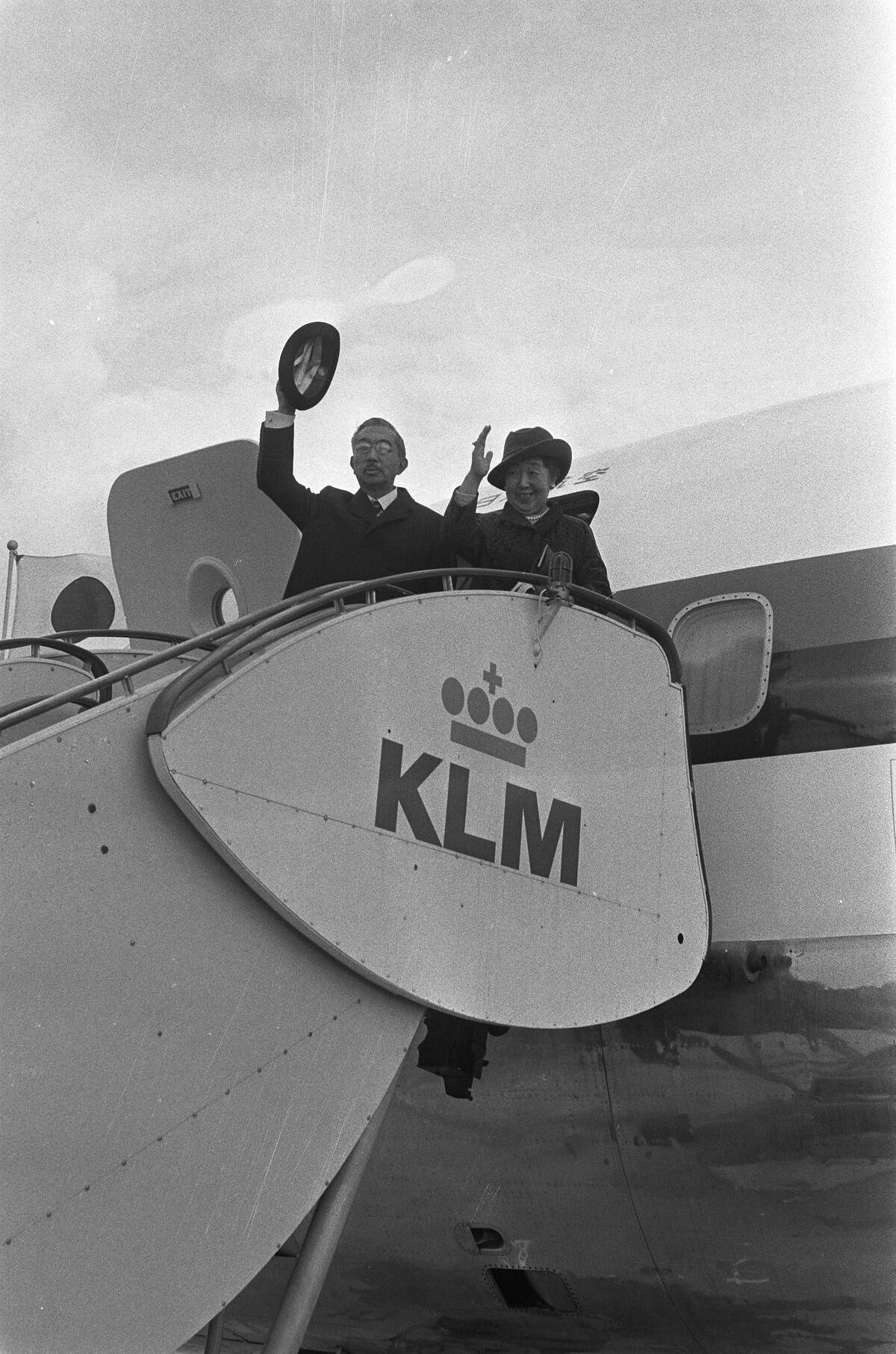
Emperor Hirohito’s 1971 visit to the Netherlands was marked by widespread protests that saw him publicly and loudly jeered during his stay. Although he had intended to express Japanese regrets regarding World War II, those who gathered clearly weren’t in a forgiving mood.
Although Hirohito’s other European visits largely went better, protestors threw raw eggs and vacuum flasks at the procession. The visit proved particularly exhausting for Empress Nagako.
The Wardrobe Malfunction: Marilyn Monroe and the Queen, 1956
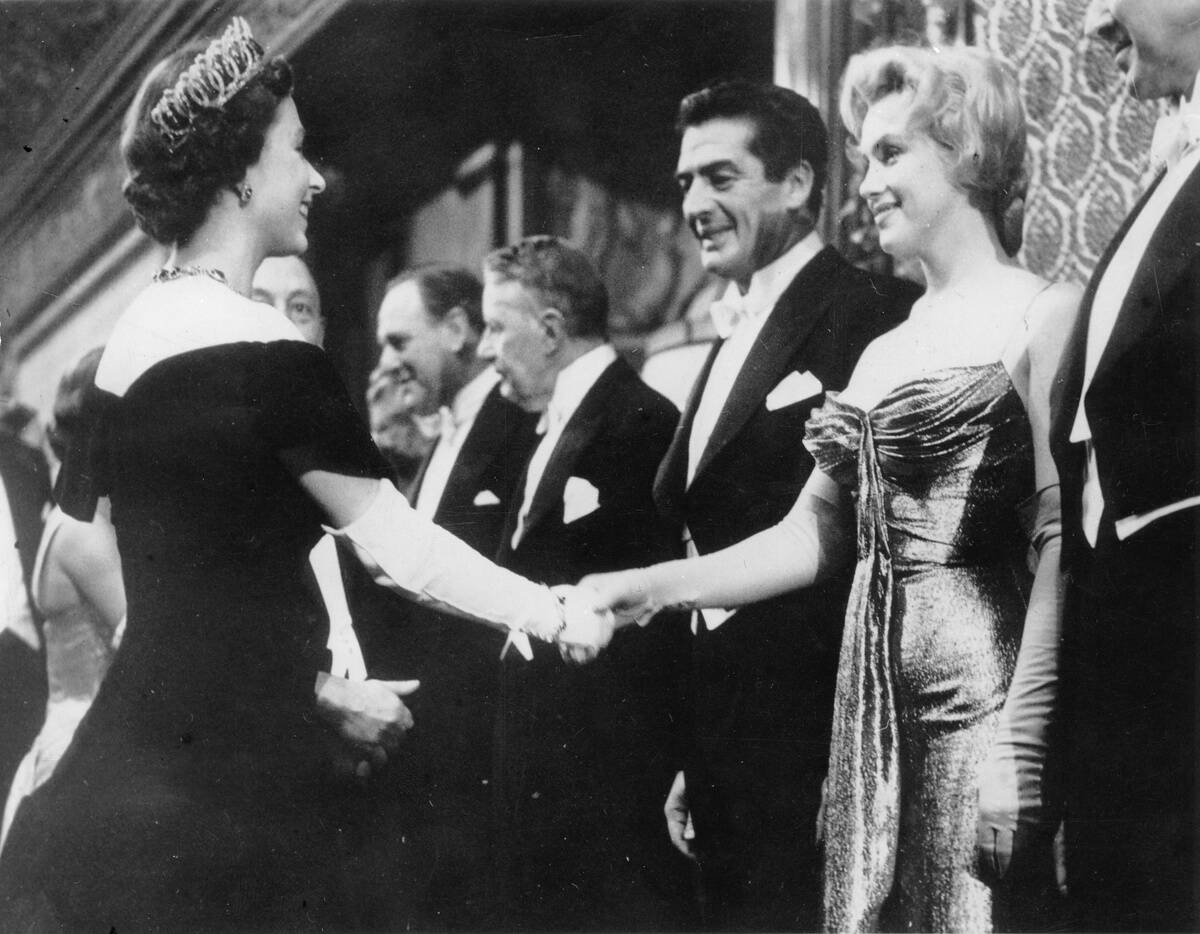
Marilyn Monroe’s meeting with Queen Elizabeth II in 1956 was a highly anticipated event, but it didn’t go entirely as planned. Monroe’s dress was reportedly too tight and bore too much cleavage to satisfy Royal Protocol, causing her some discomfort during the encounter.
Despite the wardrobe malfunction, both women handled the situation with grace, leaving a lasting impression. This incident is a classic example of how even the most glamorous figures can face unexpected challenges in high-profile settings.
Putin’s Dog Diplomacy with Merkel, 2007
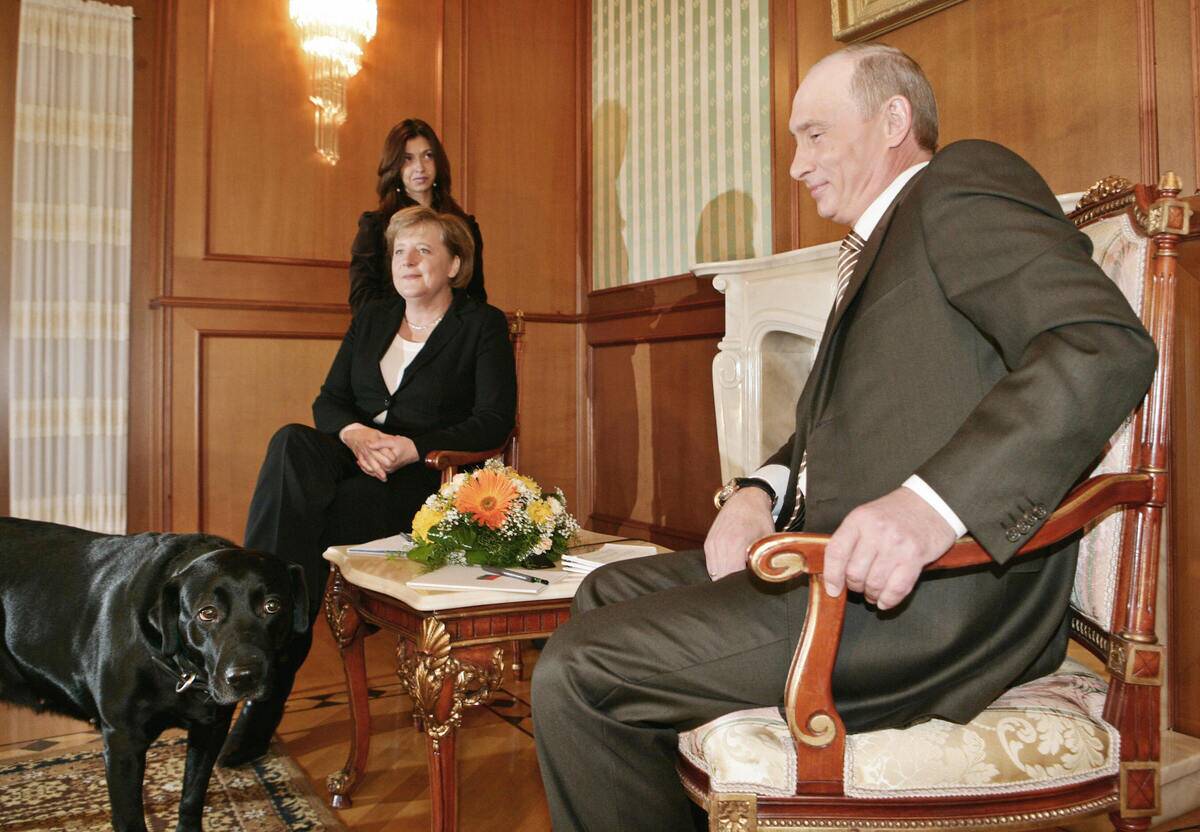
In 2007, Russian President Vladimir Putin used an unusual diplomatic tactic during a meeting with German Chancellor Angela Merkel by bringing his dog, Koni, into the room. Merkel, known to be uncomfortable around dogs after an attack in 1995, maintained her composure but later revealed her unease.
The moment was seen by many as a calculated move by Putin to gain an upper hand, though Putin denied this. It highlights the subtle psychological games that can play out in international diplomacy.
The Sultan’s Surprise: French Visit to Turkey, 1868
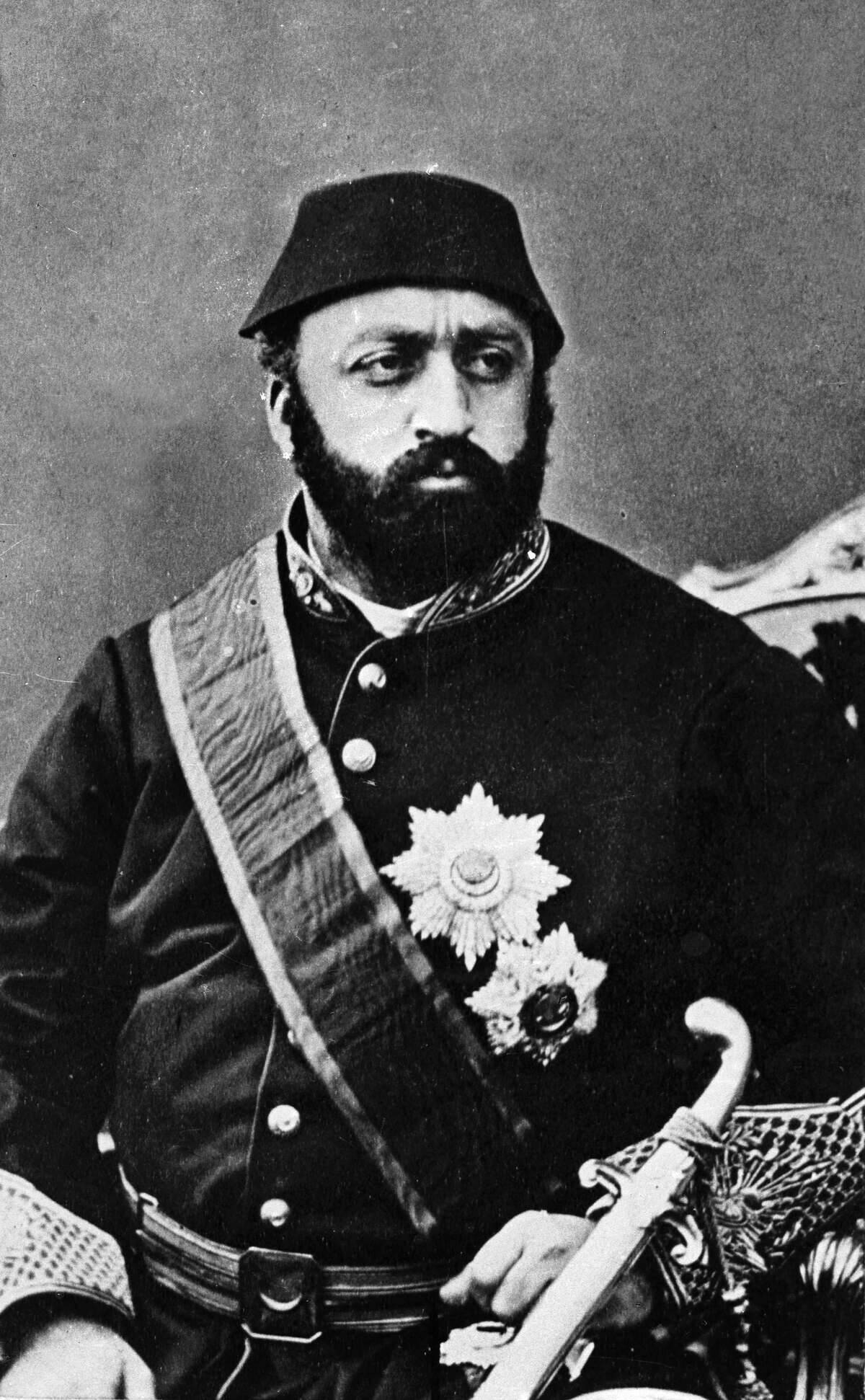
During the reign of Napoleon III, Empress Consort Eugénie de Montijo visited Abdulaziz, sultan of the Ottoman Empire. However, it seemed he underestimated how strongly his mother would react when he brought Eugénie to Dolmabahçe Palace.
She considered the presence of a foreign woman in her quarters to be such an outrageous insult that she reportedly slapped Eugénie across the face, nearly causing an international incident in the process.
Gaddafi’s Tent Drama in Rome, 2009
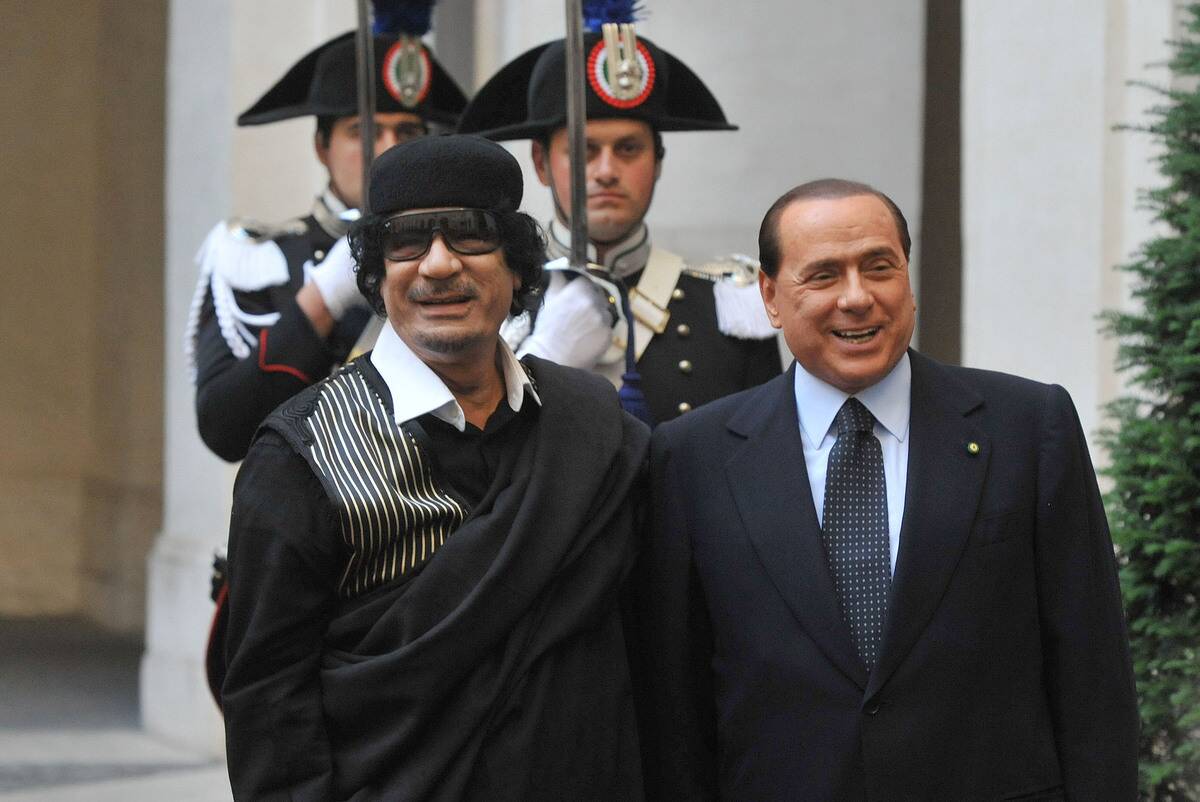
Libyan leader Muammar Gaddafi’s 2009 visit to Rome was anything but ordinary. Known for his eccentricities, Gaddafi insisted on pitching a tent in the city’s Villa Doria Pamphili.
The tent became a symbol of his unique approach to diplomacy, blending tradition with spectacle. His presence was heavily protested by human rights groups, Rome’s Jewish community, students, and those protesting their expulsion from Libya 40 years prior. The visit added fuel to this backlash by inviting discussion from the Jewish community, but only doing do during the Sabbath.
The Unwanted Embrace: Trump and Macron’s Handshake, 2017
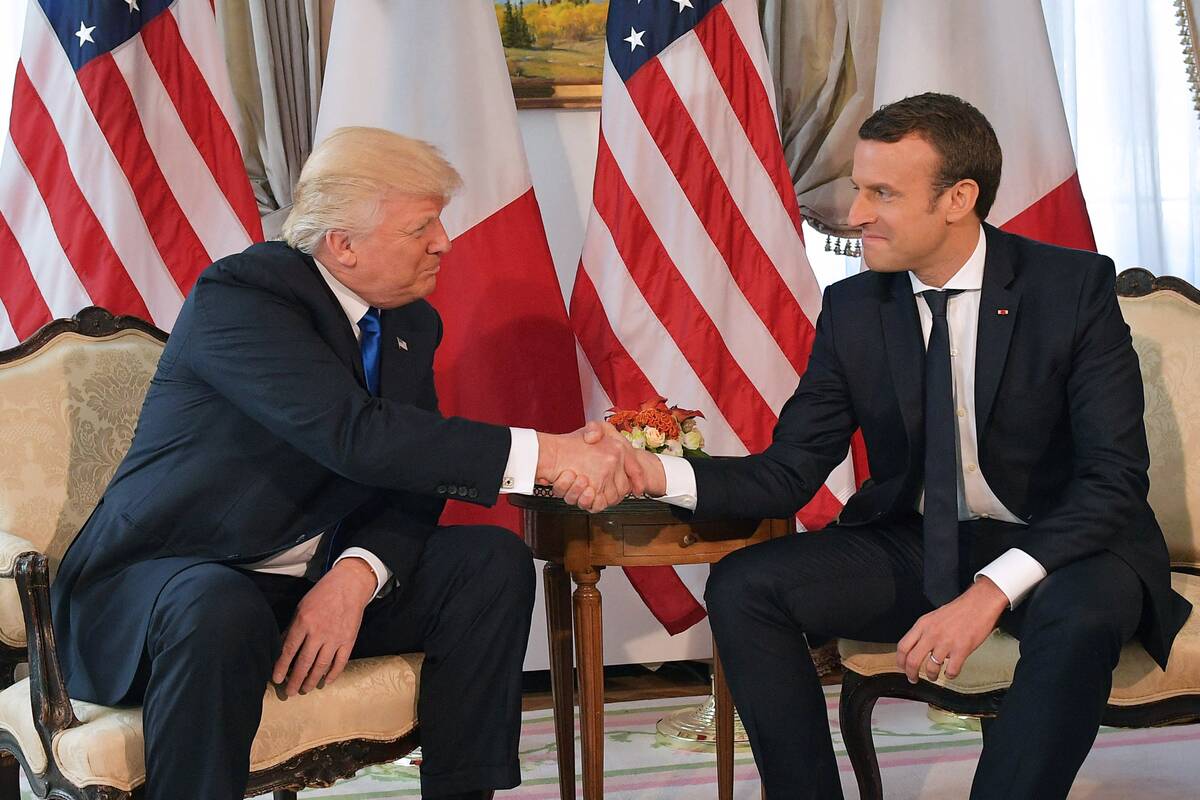
During the 2017 G7 Summit, the handshake between President Donald Trump and French President Emmanuel Macron became an iconic moment. The extended, firm handshake was seen as a test of wills between the two leaders.
Macron later described it as “not innocent” and a symbol of his determination to stand his ground. The handshake highlighted the importance of body language and personal dynamics in international relations.
A Protocol Faux Pas: Reagan’s Slip in Brazil, 1982
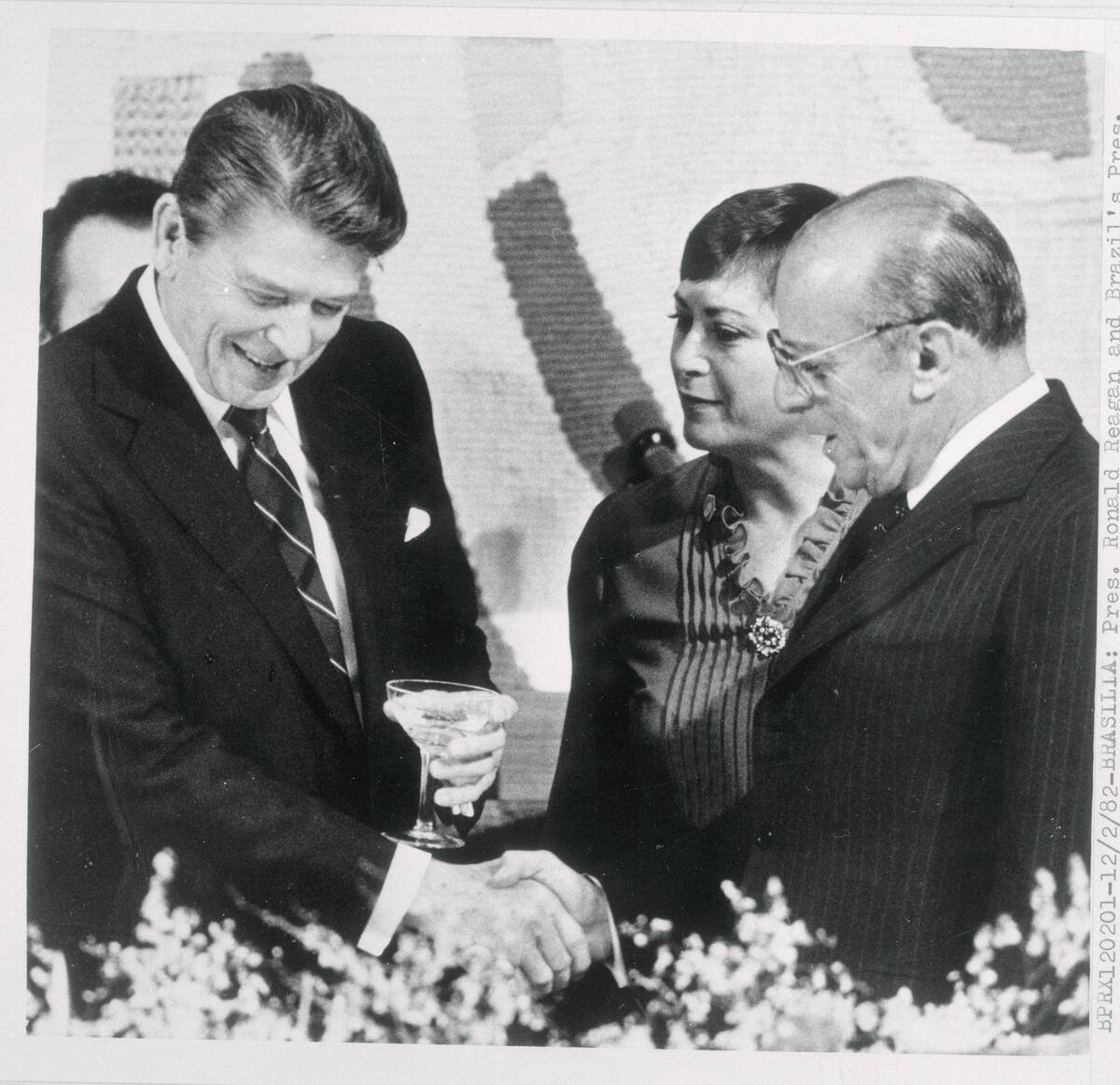
President Ronald Reagan’s 1982 visit to Brazil included a notable protocol blunder. During a speech, Reagan mistakenly referred to Brazil as “Bolivia.”
The gaffe was quickly corrected, but it served as a reminder of the importance of attention to detail in diplomacy. Despite the slip, Reagan’s charm and charisma helped smooth over the error, demonstrating the power of personal rapport in international relations.
The Battle of the Bows: Obama in Japan, 2009
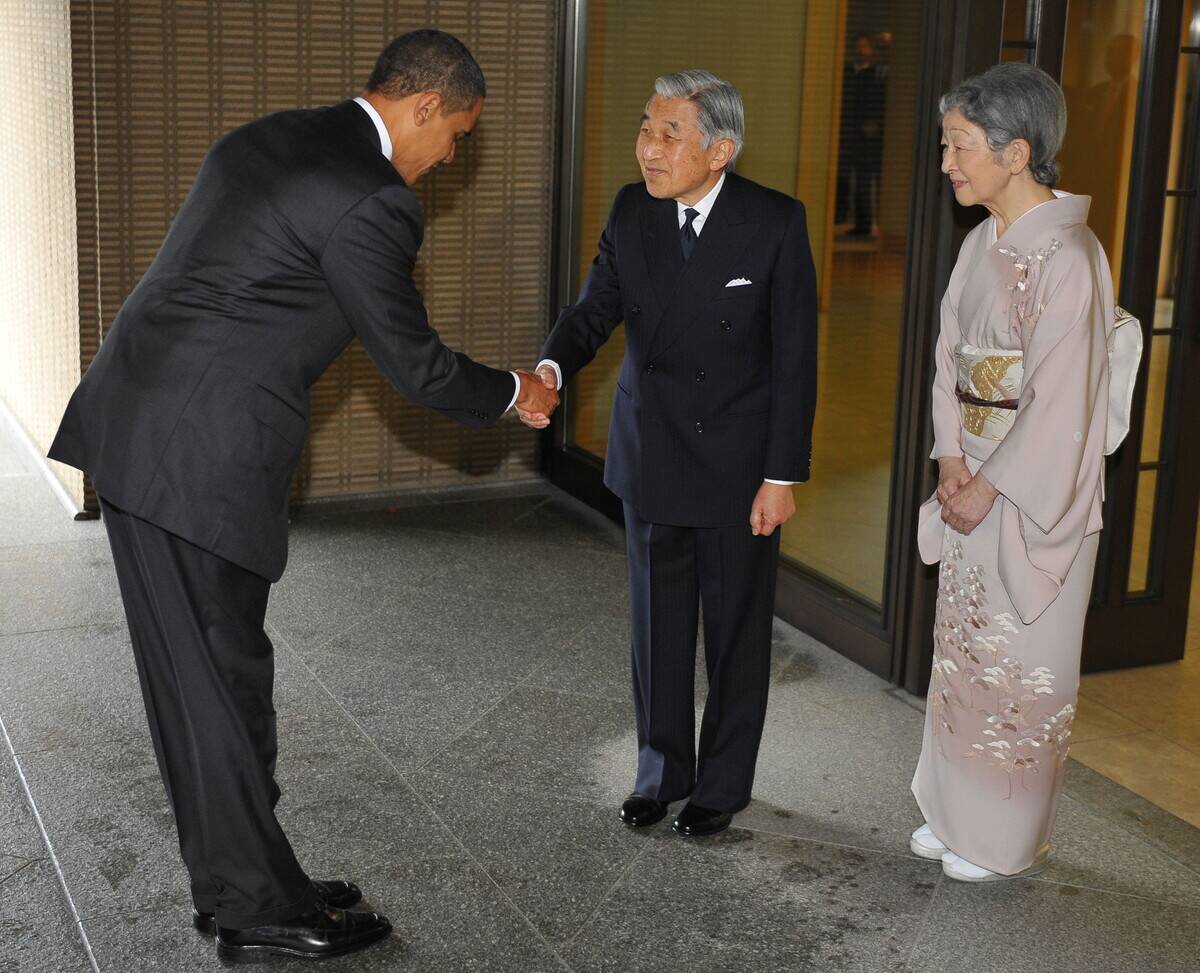
President Barack Obama’s 2009 visit to Japan included a moment of cultural sensitivity that sparked debate back home. When meeting Emperor Akihito, Obama offered a deep bow, a gesture of respect in Japanese culture.
While praised by some for his cultural awareness, others in the U.S. criticized it as overly deferential. The incident highlighted the challenges leaders face in balancing respect for different cultures with domestic perceptions.
Carter’s Blunder in Poland, 1977
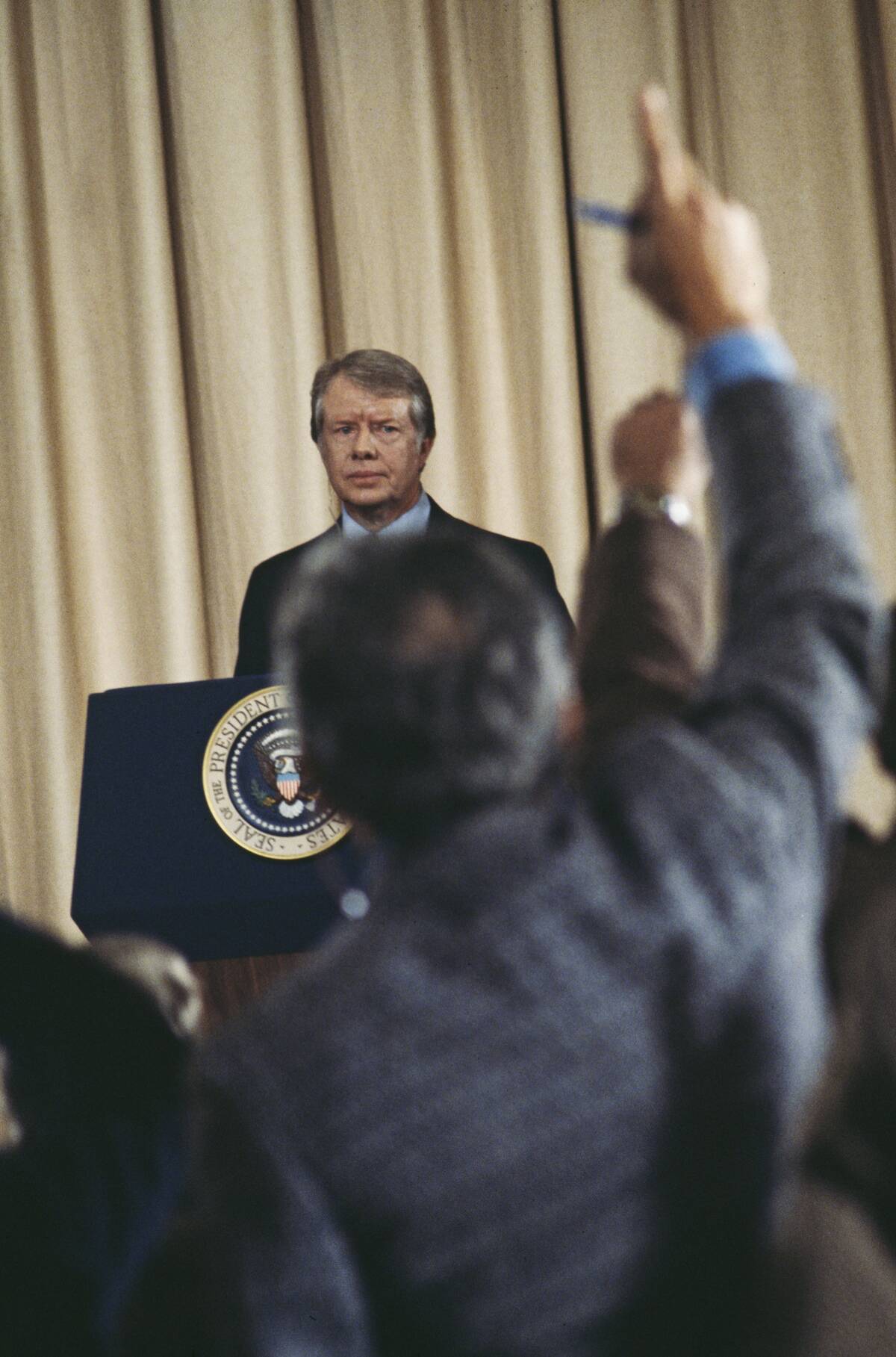
President Jimmy Carter’s 1977 visit to Poland was marred by a translation error that led to an unintended diplomatic blunder. During a speech, Carter’s words were mistranslated, suggesting he had a desire for the Polish people that was more intimate than intended.
His interpreter not only said Carter wanted to “Grasp at Poland’s private parts,” but implied that he left the U.S. for Poland and would not return. Naturally, this interpreter was quickly replaced for the remainder of Carter’s visit.



